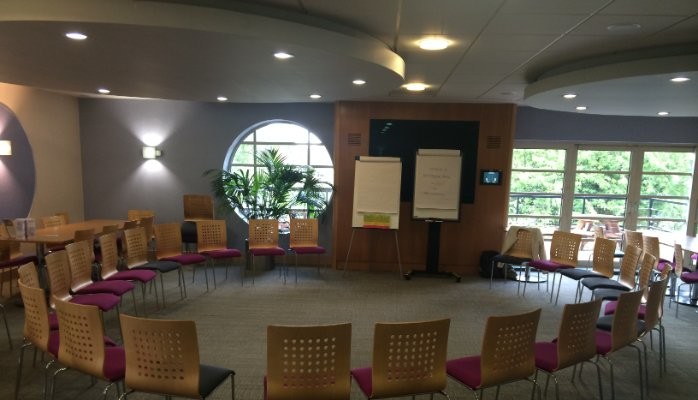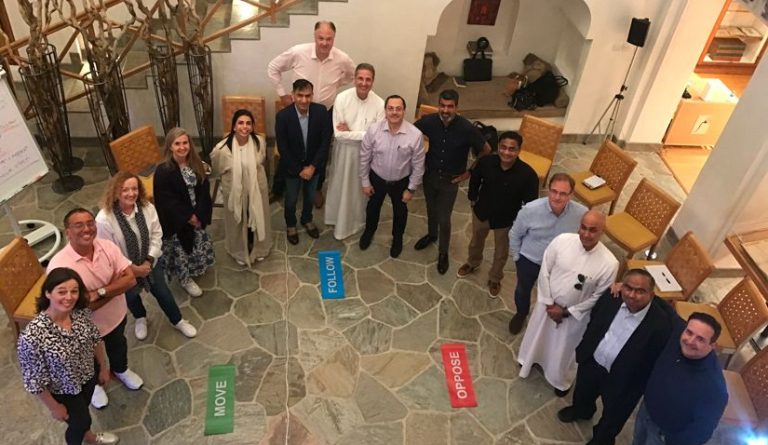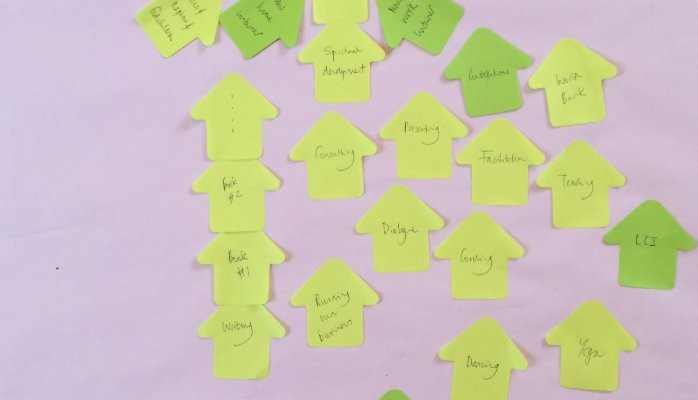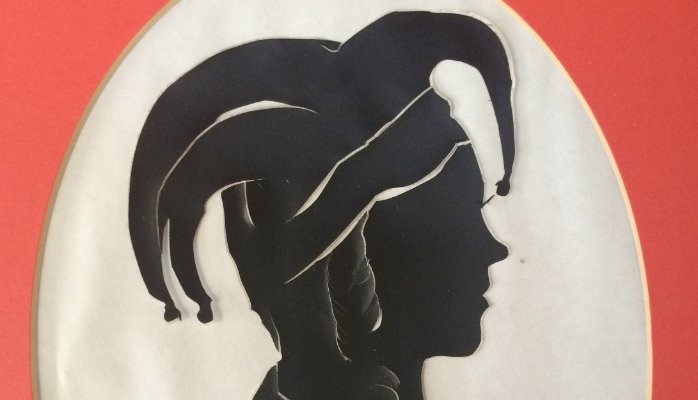
This post explores how the atmosphere of an organisation arises out of the many everyday actions, habits and choices that each and every person contributes.
As culture is a nonlinear system, small acts can have a big impact. Examples of positive leadership behaviours are given.
My introduction to the world of work, when I was 15 years old, gave me some unexpected insights into office life. With my sights set on being an architect, I was lucky enough to secure two stints of work experience in two different practices. The sharp contrast between them was my first lesson in organisational psychology. Partly as a result of this formative foray into the workplace, I decided to switch subjects – my first step on the path to becoming a business psychologist.
In the first practice, I noticed that the architectural technicians (with whom I sat) arrived early to work, even on a Monday morning. They chatted as they made coffee and then settled into a quiet hum as they sat at their drawing boards. In the afternoon, the whole office – support staff, technicians and the architects themselves – gathered around a couple of large teapots and plates piled high with cakes to catch up and talk. The founder of the business was often present and had lively conversations with his colleagues about new clients, design proposals and the latest thinking in industrial design.
The second practice was a very different story. The architect who had founded the practice was mostly absent and, behind his back, colleagues gossiped about how his business and marriage were falling apart. When he did show up, he shut himself away in his office and a tense silence fell on the office. Most days the technicians arrived late, the lunch breaks were boozy and the secretaries were grumpy. Even though I was only there for two weeks, I couldn’t wait to leave.
The “secret sauce”
We probably all know how dispiriting it is to work in a cynical, distrustful and draining atmosphere. I hope that many of us know how energising it is to work in an expansive, trusting and buoyant atmosphere. The question is: Where do these differences come from? There was no single thing that I could point to that made the first office so productive and the second so corrosive.
In her latest TED book Beyond Measure, entrepreneur, chief executive and author Margaret Heffernan calls the culture of an organisation the “secret sauce” for which we have no recipe. A leader cannot roll out a robust culture in the same way that a new IT system can be implemented. Seventy per cent of cultural change programmes fail. Culture is elusive and difficult to measure or control.
“Just cultures”
The good news, however, that Heffernan highlights, is that organisational cultures are nonlinear systems. This means that small changes can have a big impact. Culture emerges from the many small actions, habits and choices that each and every person contributes, from the caretaker to the CEO.
“Just cultures”, as Heffernan calls them, aren’t just happenstance nor are they the result of having a few superstars performing at the top of their game. We are all responsible for “the way we do things around here.”
Our actions have a subtle but significant influence on the atmosphere of the workplace. When we’re cynical, the air gets heavier. When we’re enthusiastic, the air is clearer and lighter. We do our best thinking when we’re at ease. New insights and innovations arise out of a supportive, playful and relaxed space.
Small acts of leadership
In my work with many different leaders, teams and organisations, here are some of the small things that I have seen make a big difference:
- A leader who rolled up her sleeves to pull the rows of chairs that had been neatly laid out by hotel staff into a circle. She knew how the room set-up had a direct impact on her team member’s ability to speak out. She wanted to hear all the different voices because she knew that the best solution would be co-produced.
- A leader who openly shared with his whole team that he’d made a mistake. Having cut across one of his direct reports to deal with one of her under performing direct reports, he apologised for intervening in a way that wasn’t respectful. As a result, his relationship with his direct report was restored.
- A leader who, instead of sending out a detailed agenda before a leadership team retreat, invited the team to co-create the “route map” at the start of the event. He waited before everyone else had spoken before deciding how the time would be spent. He got maximum engagement and full participation for the whole two days.
- A junior member of staff, who had also been around for many years, speaking out at an awayday to say that the team was having the same conversation they’d had at every single awayday for the last 7 years. The team leader debunked the agenda and the team started to talk about what really mattered.
- A team member who calmly and courageously declared that she was going to name an elephant in the room even though it might be uncomfortable. The discomfort, she said, would be worth the clearing of the air. It was. They walked into the room a series of top performers; they walked out of the room a leadership team.
Perturbing the system
Small acts of speaking, listening, apologising, sharing information or raising a concern can alter “beyond measure” the atmospherics in an organisation. Having the courage to speak out stops the damage that organisational silence can insidiously cause. Seizing the “moral moment” rather than ducking an argument might mean that a project, or even a career, forks down a different path entirely.
Finding our voice rather than swallowing our words might be just the perturbation that a system needs in order to correct its course. When we are on the receiving end of small gestures of human connection – a heartfelt “thank you”, the warmth of a smile or a hug goodbye – we know the difference this makes to how we feel and how our day unfolds.
While it is important to be civilised, too much politeness can be stifling. We need the cut and thrust of divergent views and even heated but healthy debate to do our best thinking. We need to be challenged in order to leave the room wiser than when we went in. As Heffernan points out, the challenges are too big, the times are too urgent and the human capacity locked inside us is too great for us to continue to fall into the trap of thinking or working alone.
Collective leadership
The time of the heroic leader is over. In the teatime conversations of the technicians and architects, the founder had created an environment where all the different voices could emerge. His practice went on to win many major awards and has become one of the UK’s top firms of industrial architects. The other practice, with its disengaged boss, tense atmosphere and suppressed conflict, may have survived but I doubt that anyone has really thrived.
The leaders of tomorrow will be those who recognise the value of the small. Everyday acts of talking, listening and seeing together create the conditions where each and every person is able to flourish.






